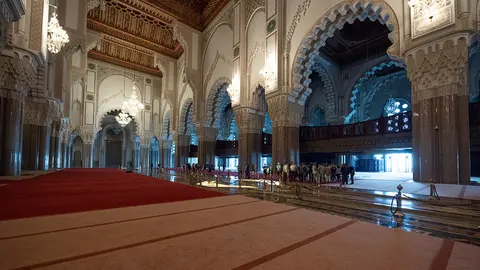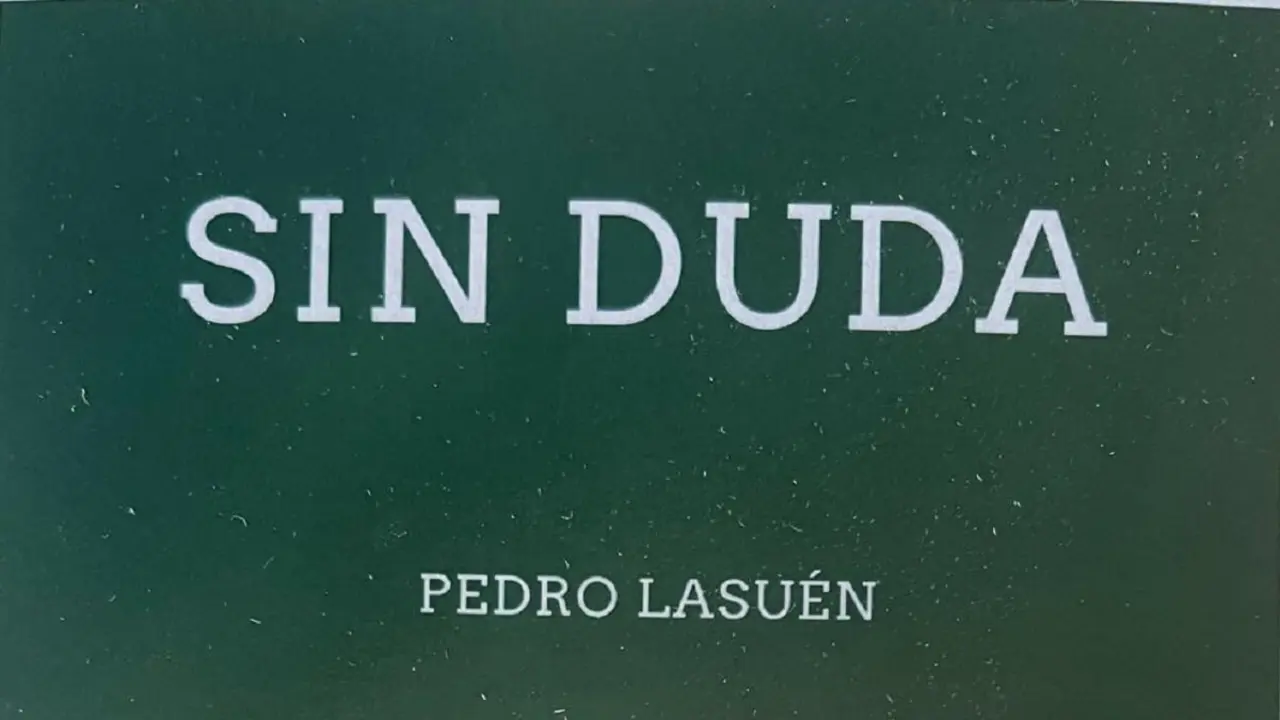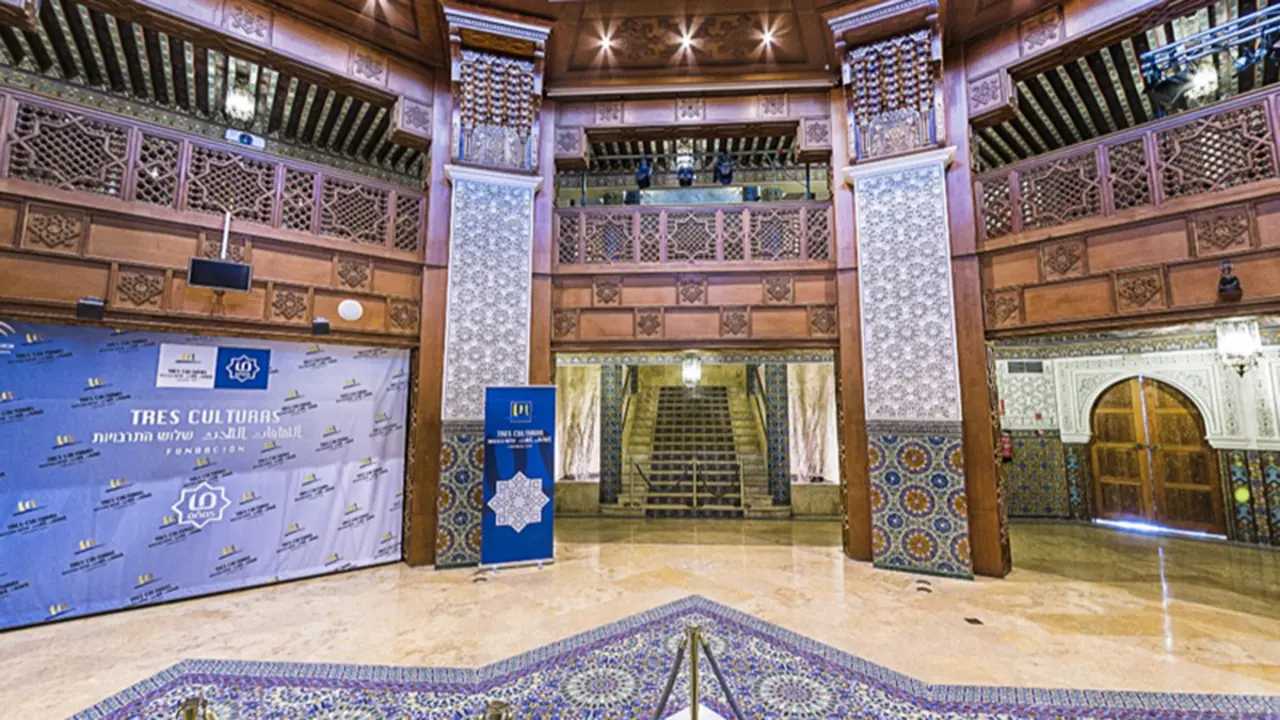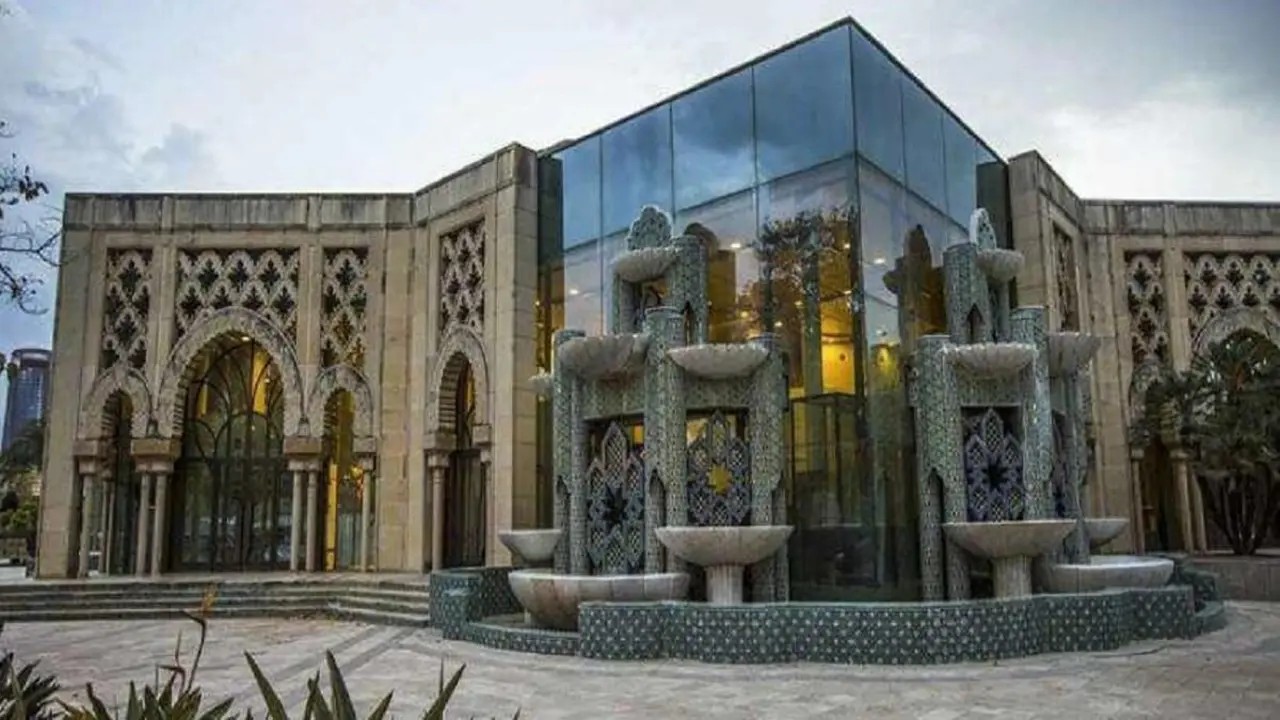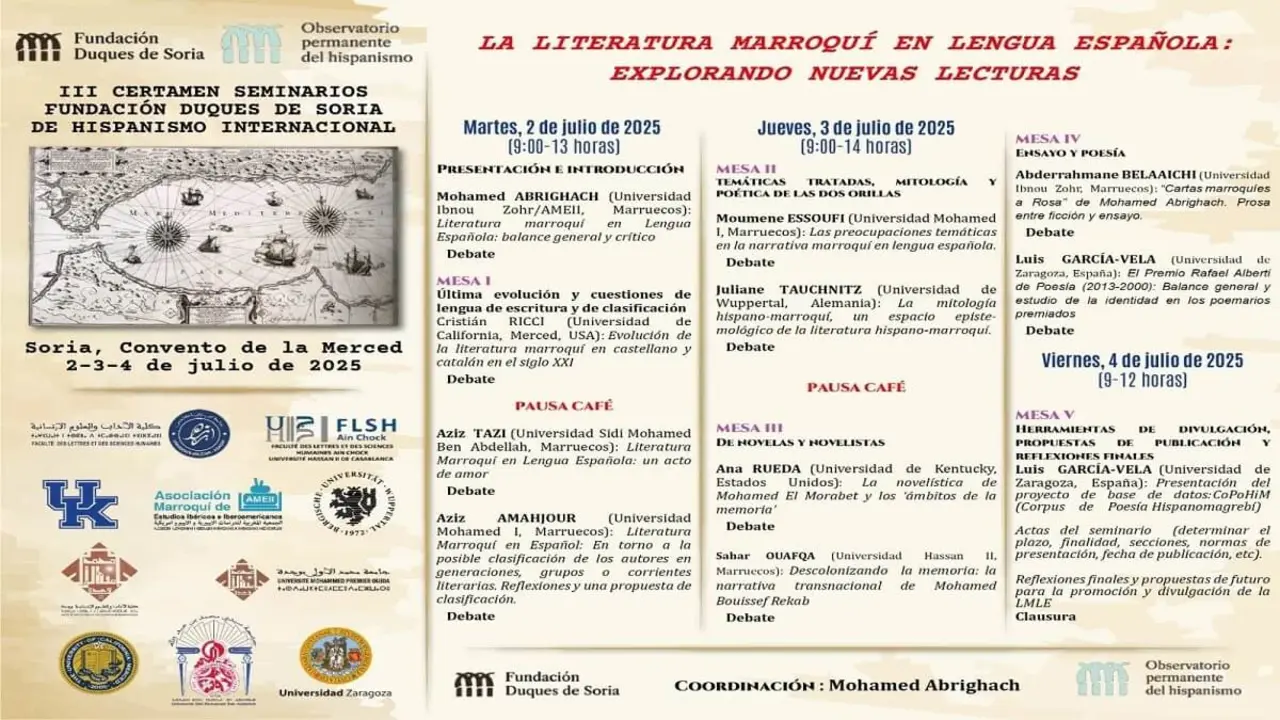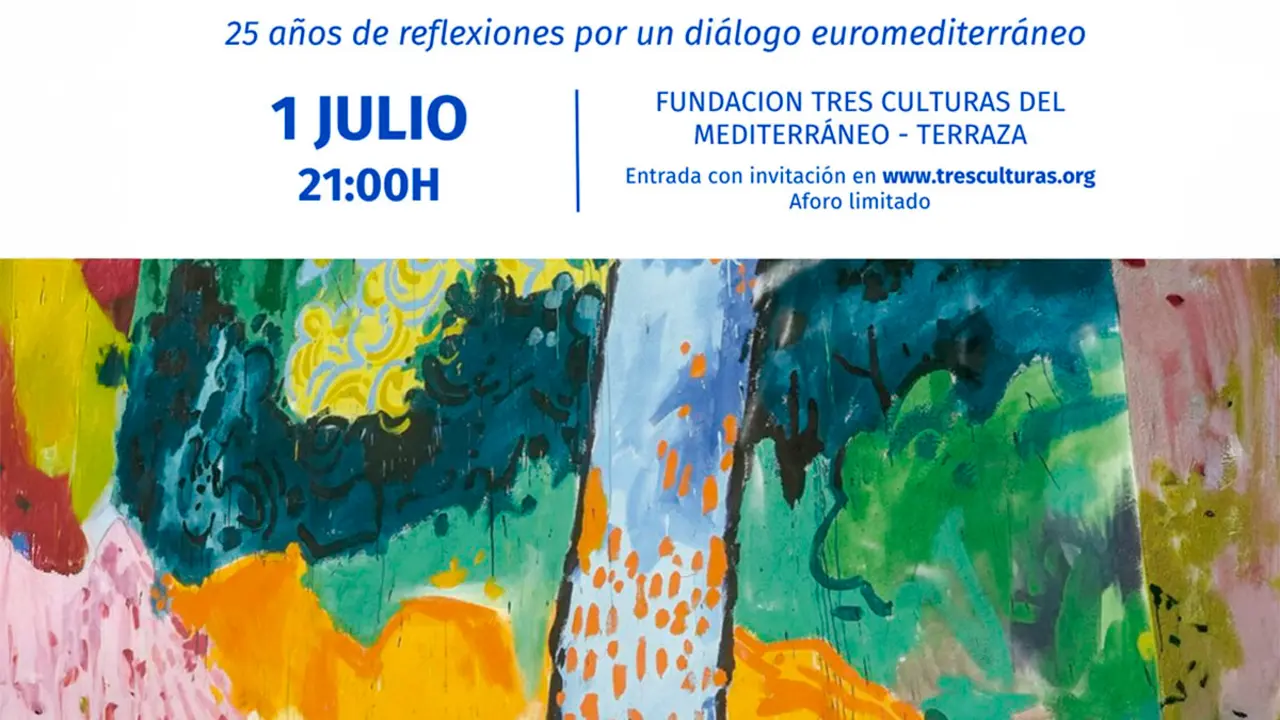The Hassan II Mosque Museum: home to Morocco's national heritage
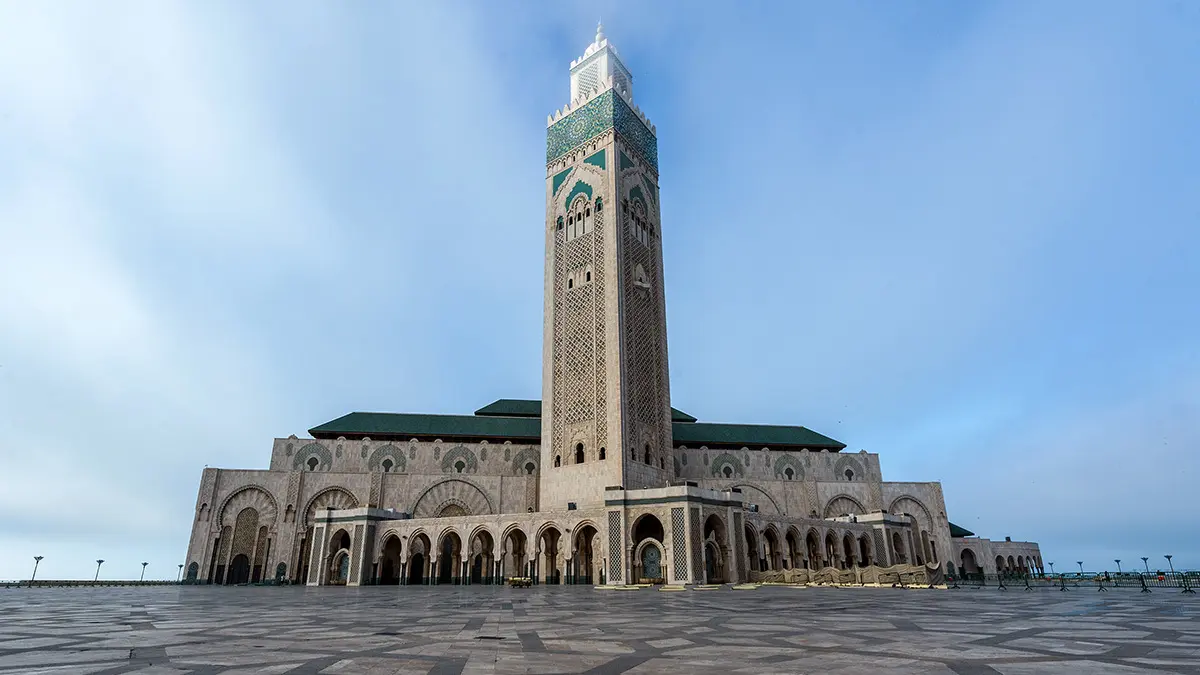
The construction of this mosque, one of the most emblematic in the world, was an arduous process carried out by thousands of technicians, craftsmen and architects. It also benefited from the solidarity of millions of Moroccan citizens united by the desire to contribute to the cultural beauty of the country and the city of Casablanca.
The French company Buygues and French architect Michel Pinceau joined the cause, working hand in hand with local professionals on the laborious task.

The Hassan II Mosque, with half of it over the sea and the other half on dry land, has several facilities that visitors can access. The Hassan II Mosque Foundation in Casablanca, established in 2009, has the important role of managing and maintaining them, as well as promoting various types of activities.
Mosque Museum
Opened in 2012, the Hassan II Mosque Museum is where the history of the construction process of this sacred Muslim temple is preserved. There, visitors can see the ideas and sketches of the designs that the craftsmen presented to the late King Hassan II, as well as various samples of the materials used in its construction.
According to the Hassan II Mosque Foundation, ‘covering an area of 3,160 m2, the museum, where these exhibits are on display, serves as a prelude to a visit to the Hassan II Mosque and gives an idea of the stages involved in the creation of this building, which combines tradition and modernity’.
The museum houses a collection of 142 pieces, distributed across three spaces, which is steeped in history and cultural richness since 1980 and has been considered a National Heritage Site since 4 July 2022.

"This decree, which is based on Law No. 22.80 on the conservation of monuments and historical sites, inscriptions, works of art and antiques, stipulates the classification of objects in the collection of the Hassan II Mosque Museum and prohibits any modification or restoration without the authorisation of the Ministry," explains Widad Belkassmi, head of the Service Department of the Hassan II Mosque Foundation in Casablanca.
Widad Belkassmi also explains that the three spaces are the zellige (mosaic), the zouaké (painted wood) and the carved wood. However, there is also a selection of copper and marble.
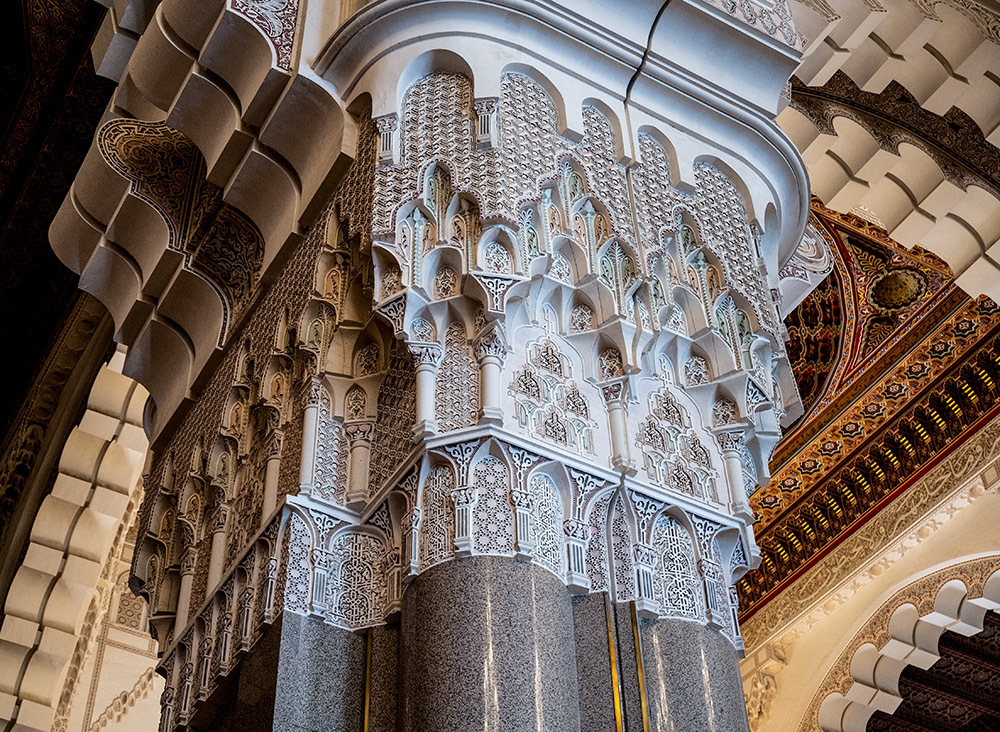
The zellige was the work of Moulay Hafid Mdaghri Alauoi and its colours were personally chosen by King Hassan II. Meanwhile, the zouaké and carved wood were meticulously crafted by various artisans such as Maâlem Bellamine.
The museum also exhibits a series of sculptures in plaster that reproduce the different stages of the mosque's construction.
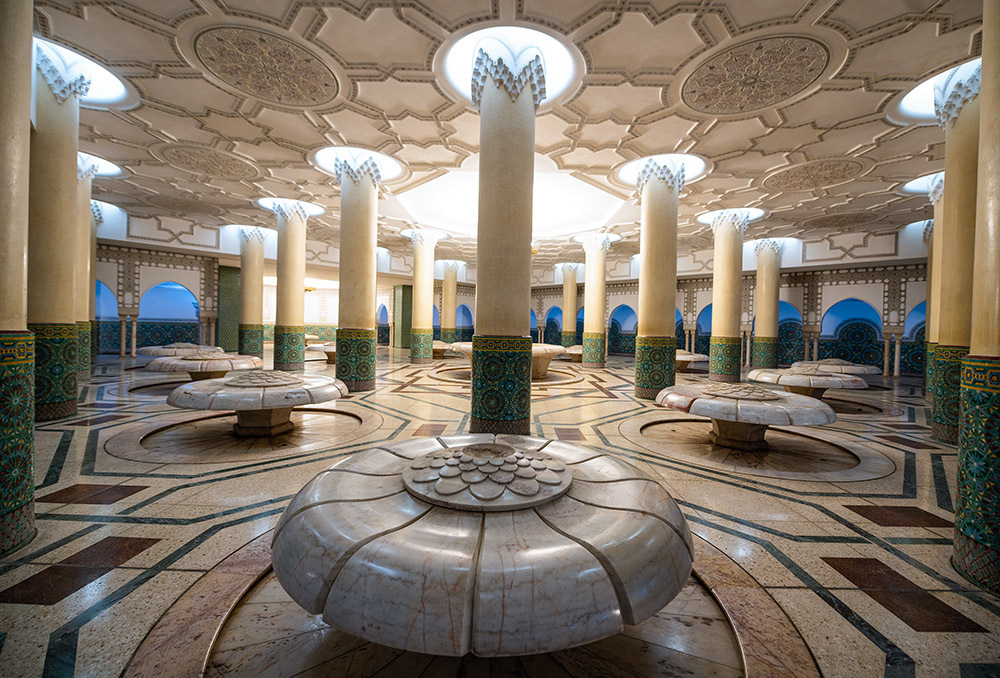
A museum prepared for the future
The Hassan II Mosque Museum is not only a reflection of Morocco's past, but also demonstrates the country's future. According to Widad Belkassmi, it will feature touch screens where visitors will be able to listen to the testimonies of the professionals who contributed to its construction and even observe the materials up close.
In addition, at the heart of the museum there will be an interactive model showing the impact of the sacred temple on the urbanisation process of the city of Casablanca, and there will be 360º projection rooms.
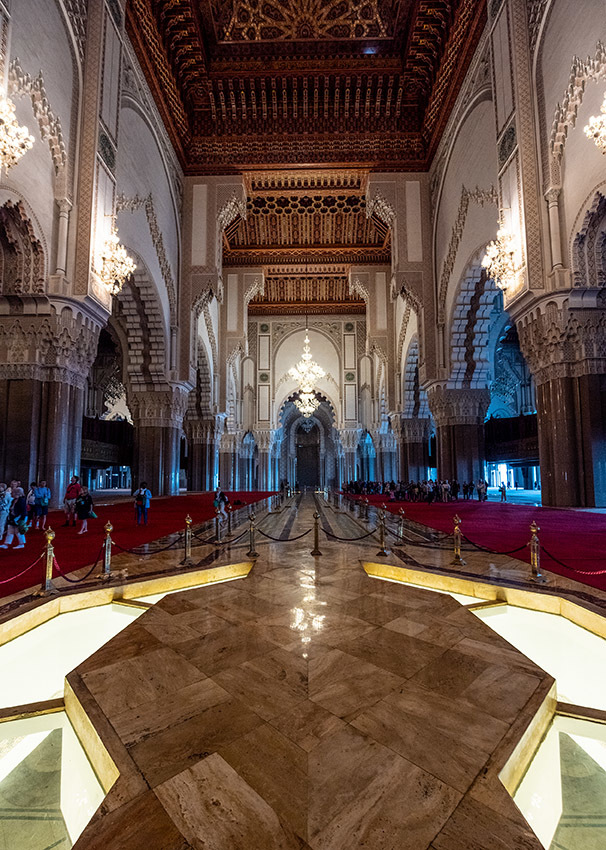
Visiting hours are from 9:00 a.m. to 1:30 p.m. in the mornings and from 2:30 p.m. to 5:00 p.m. in the afternoons. During Ramadan, the opening hours change to 9:00 a.m. to 3:00 p.m. only.
As it is a Muslim temple, during Ramadan the thousands of faithful in Casablanca tend to frequent it more than usual. This is especially true on the sacred night of Laylat Al Qadr (the Night of Destiny), when they pray in celebration.
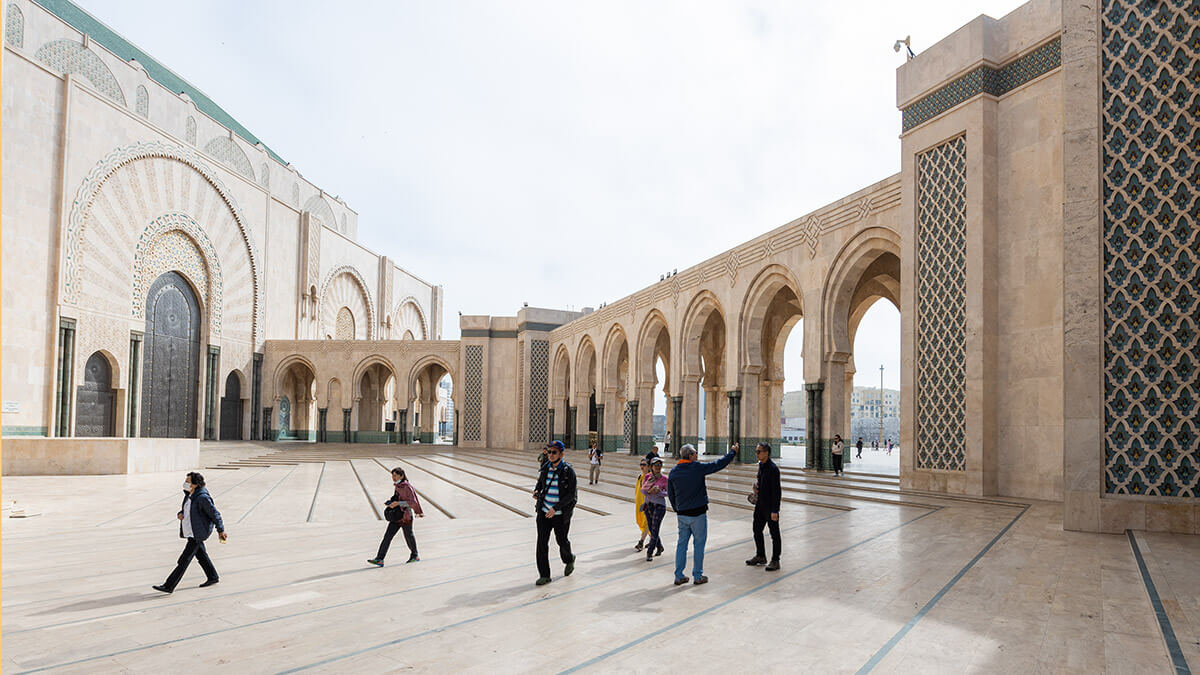
The entrance fee is very affordable: 5 dirhams for children and students; 15 dirhams for Moroccan citizens and foreign residents; and 30 dirhams for foreign adults.
There are also special discounts of up to 50% for groups of 100 people or more, which gives an idea of the enormous size of the Hassan II Mosque and its facilities.

